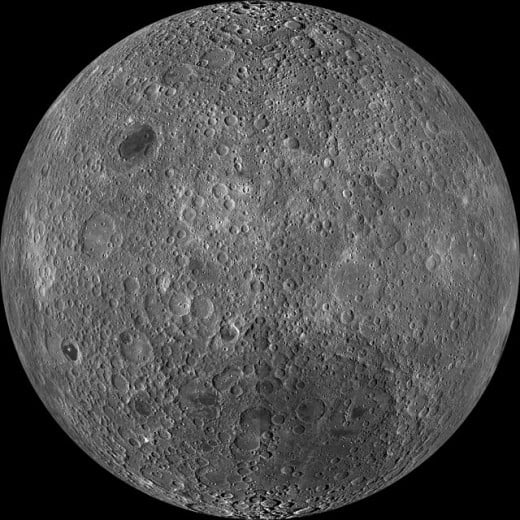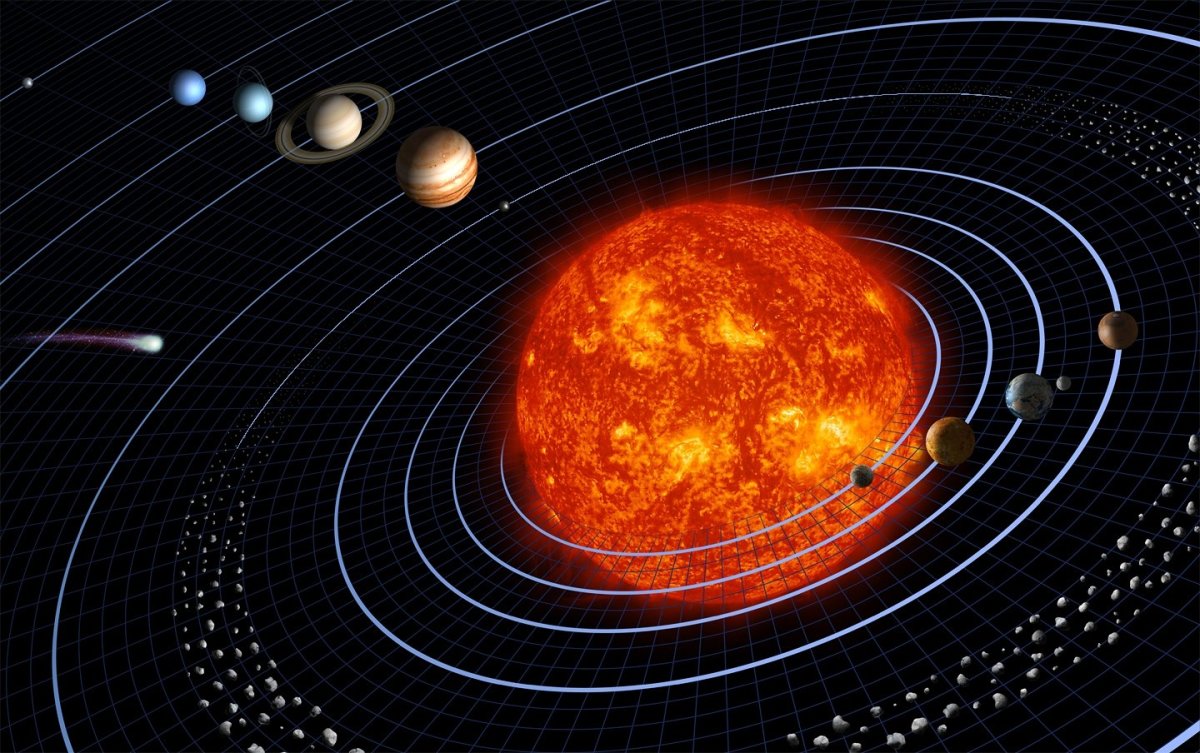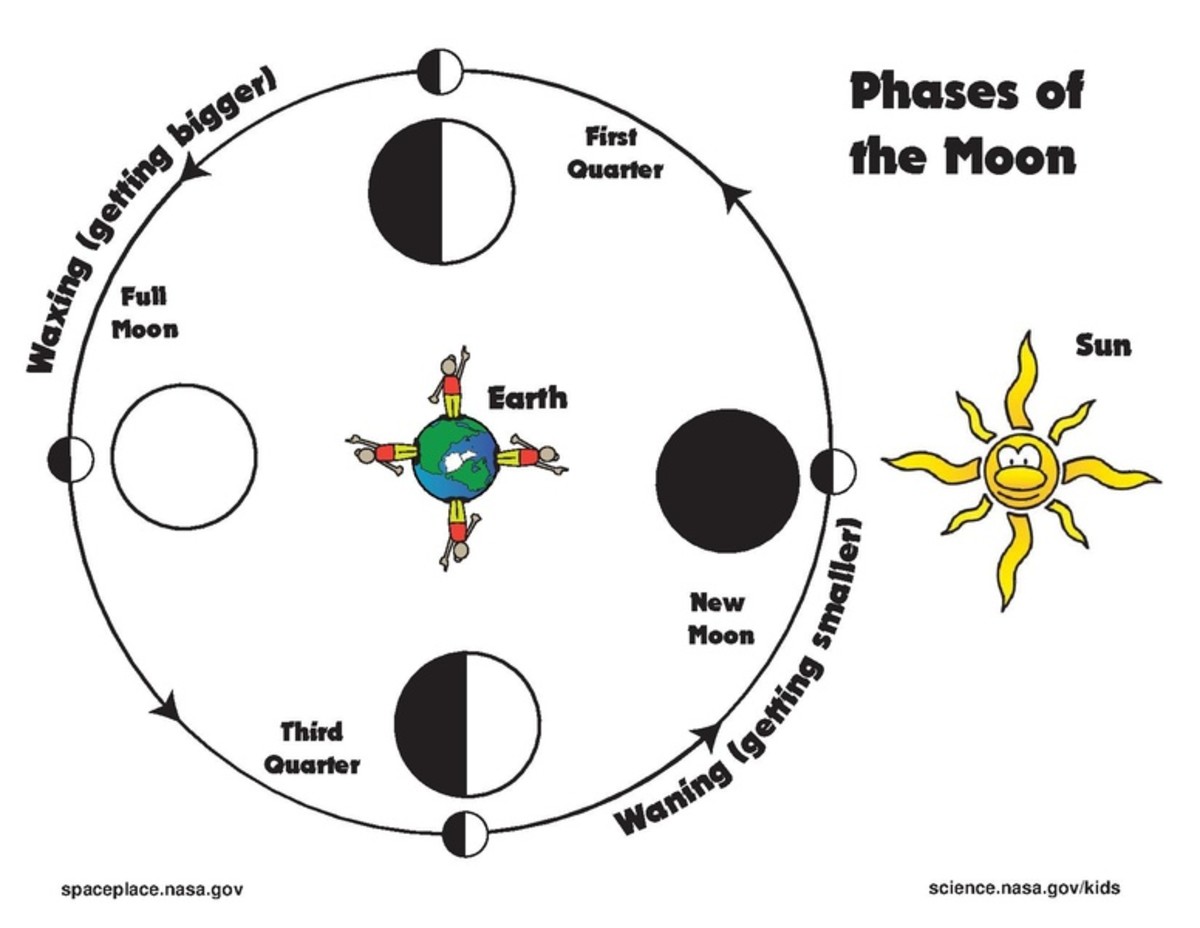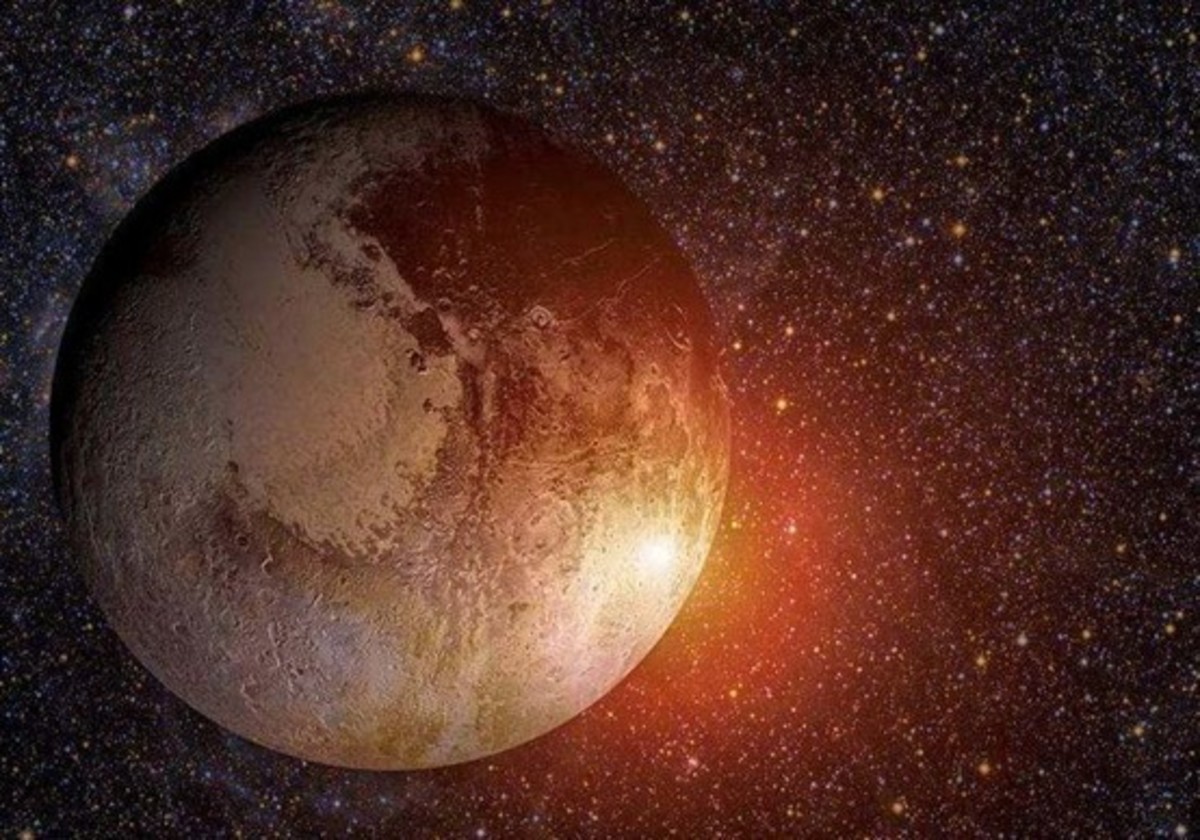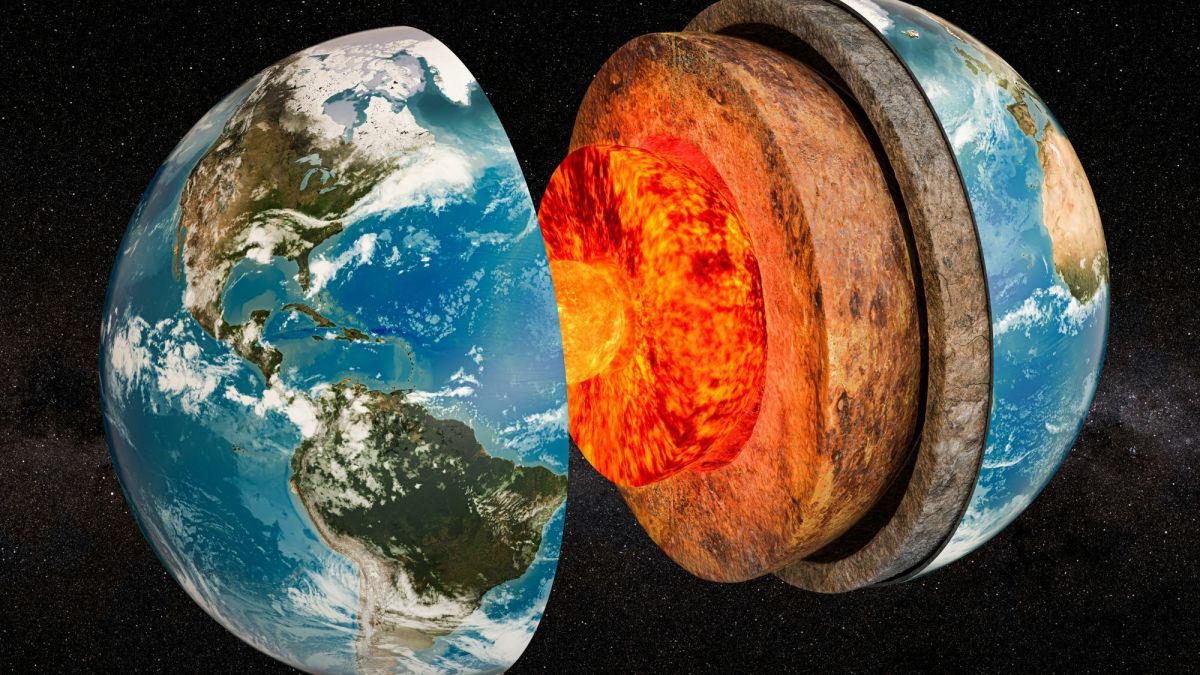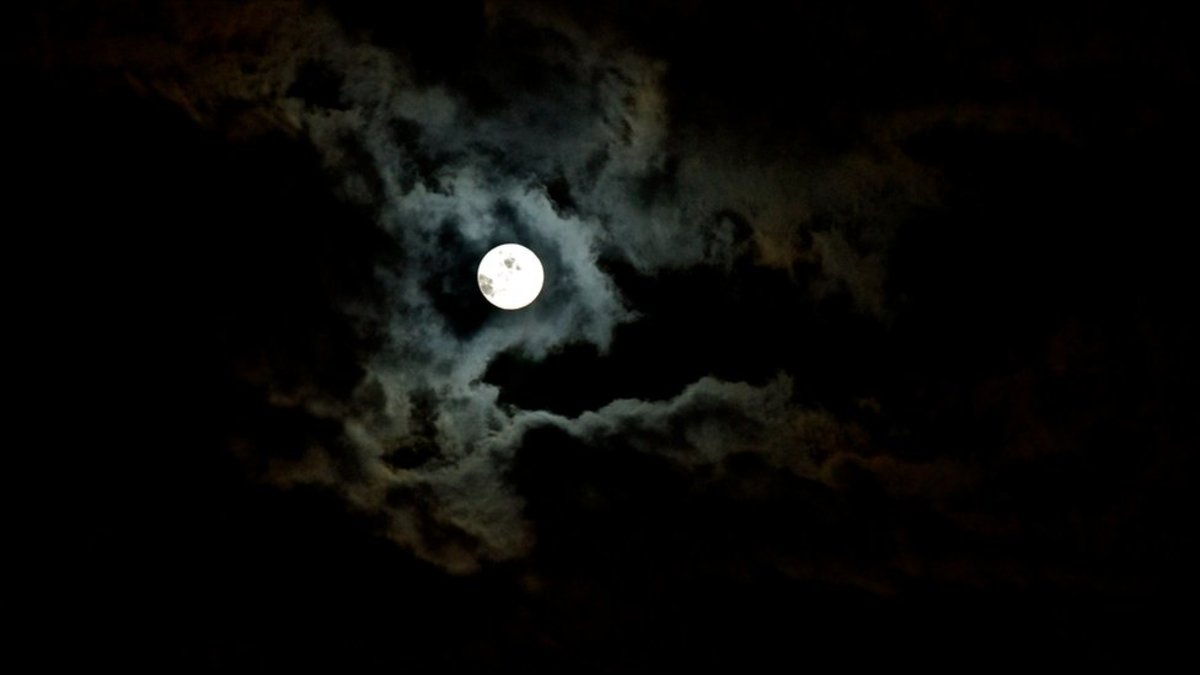MYSTERIOUS EARTH – Why is the moon not what it seems?
Near Side Of The Moon
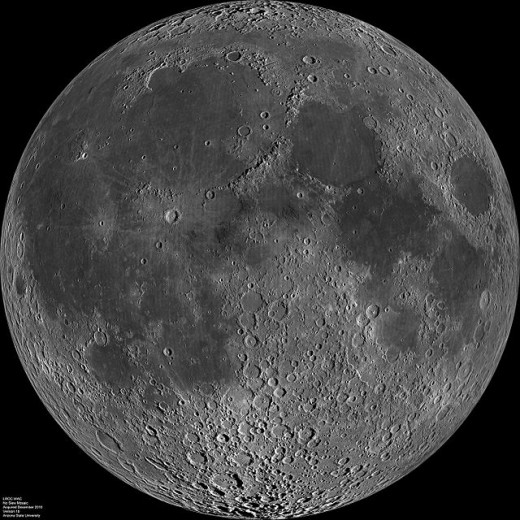
Our Mysterious Moon
The moon is a mystery. The Apollo program landed on the moon six times between 1969 and 1972. They brought back 892 pounds of rock and soil samples. The oldest rock found on the moon was dated back 5.3 billion years old. The oldest rocks on Earth are around 3.5 billion years old. That paces the moon as likely older than Earth by a billion years and maybe even older than this sun.
The moon is constructed in three layers of rock, and the heaviest, titanium, is at the top. Our planet is the other way around with the heaviest components at its centre. The average density of the moon is 3.34 grams per cubic centimetre, while the Earth density is 5.5 grams. With the heavy rock on the surface, one wonders what is at the centre. Some scientists argue that it is possibly hollow; or at least hollow in places. Several otherwise undiscovered caverns do exist per one scientist who should know. The surface, being mainly titanium, could be used to build aircraft and space vehicles.
Water has been seen erupting from the moon, with some of the vapor covering as much as a hundred square miles. There have been other instances of this noted by astronomers. The question then, is how did the moon get here and from where? If the moon did not originate with our planet, and the two bodies are very different, how did it get to be in orbit around us? To be in orbit, and not collapse into the Earth, it has to be a prescribed distance out from Earth at a specified speed, or its orbit will decay and it will collapse into the Earth.
The moon is 2160 miles wide and the sun has a diameter of 864,000 miles. Yet, when the moon passes between the sun and Earth it blocks out the sun exactly, no more and no less, except for the corona. There is no astronomical reason for this phenomenon. It just happens.
There is evidence of large artificial objects on the moon. For example, there is The Shard, as photographed by Orbiter 3 in preparation for the Apollo missions. This monument raises a mile and a half above the moon’s surface. It is in the Ukert region of the moon, closest to Earth.
Then there is The Tower, photographed from five sides, showing different aspects of the structure. It rises five miles high. It has been photographed from 2 different altitudes. The result is the same. It is there, in the Sinus Medii region of the moon, not far from The Shard.
There are other objects, such as a long bridge. There also are many reports of lights, objects and moving shadows on the moon.
An unusual associated event was a news conference in the USA with Richard C. Hoagland and several men connected to NASA or space engineering. This was March 1996, in the Press Club in Washington DC. They presented video films and photographs that proved, per them, the existence of intelligent life activities having been present on the moon. They further said J. F. Kennedy’s purpose in sending American astronauts to the moon was to secure manufactured artifacts and return them to Earth. Over a hundred media representatives were present at the conference, photos and evidences were presented by the speakers, but no or little was reported, other than slight ridicule. If the evidence was compelling, why do media follow this line?
Another anomaly with the moon is again its orbit. The moon orbits the Earth, but the center of that orbit is not the centre of the Earth. So the moon gets closer and further away from the Earth. This results in huge gravitational differences on the small moon by the comparatively huge Earth. This creates thousands of moon quakes as the moons internals get pulled and pushed against itself. This generates heat.
The moon is molten inside, not cold as commonly believed. Its lava flowed over the moon’s surface covering the older craters. This solidified, smooth molten rock is called maria. You can see this on any picture of the moon. These darker areas look like seas from a distance. They are simply where the lava outpoured from the moon.
Notice that the moon does not have many craters after the maria covered the older surface. Though some craters were created from the outpouring of lava. It thus appears that the maria is relatively recent in the moon’s history, and the older craters beneath the maria were from a long time ago. There is clearly the younger surface and the older surface, with little gradation between. It is the little gradation between these two surfaces that is interesting. One could conclude that the moon was in one place where it was cold, and more recently it was positioned where it got hot inside, resulting in lava spilling out. This lends to the theory by some scientists that the moon was transported here. The moon heats up to 1,800 degrees Fahrenheit inside, which is much less than inside the Earth.
There is folklore evidence from Greece to Finland to Tibet, stating when the moon arrived, 11,000 to 13,000 years ago, and that people existed before the moon arrived. The speculative evidence is that the people before the moon were eradicated to make way for those who arrived when the moon arrived.
The moon does not align with the plane of the Earth. It is on a plane with our sun and other planets instead. Other planet’s moons are on a plane with those planets they belong to, but not so with our moon. It stays in a plane with the sun.
The moon has been, is and remains a mystery.
Far Side Of the Moon
